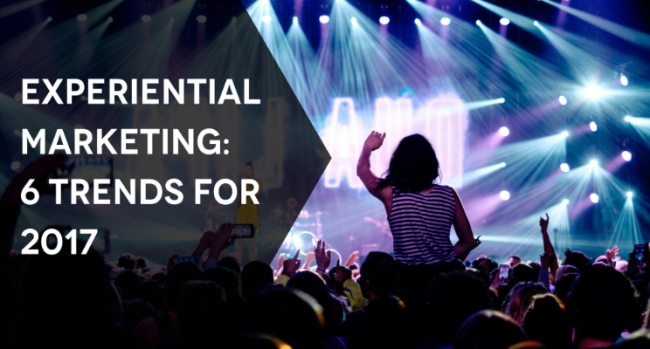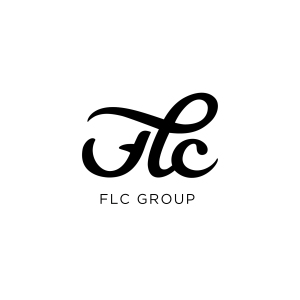
The constant evolution in the development & availability of technology has put marketers into fix. Deciding on what trends need to be leveraged to maximise brand engagement today have become the biggest challenge in conducting successful experiential marketing. This week’s blog post will explore some popular trends in experiential marketing that were realised across the year 2017.
Instead of limiting a campaign to a specific time & venue, brands are meeting people where they are. For e.g. when MasterCard built a campaign around the Rugby Cup Finals, the brand met fans at the London Tube Station where they had asked them to sing their team’s anthem & win tickets to the matches. This is a clear example of how brands can execute experiential marketing without hosting a specific event.
Creating experiences that bring the latest internet trends to life. It could be a Youtube video, a meme, or any online event that created virality. Imbedding these into the brand’s experiential campaign where consumers can touch, see & engage with these trends through the brand. This helps creating an immersive memory in relation to the brand.
Extending a campaign beyond the event
Marketers have begun focusing on how an event can live beyond it’s end-time and venue. Instead of using an event as a tool, brands are focusing on surrounding and basing their marketing campaigns on the event itself. The progress and acceleration of the digital platform has vastly improved the opportunity for brands to continue engagement with their consumers through sharing memories digitally and essentially extending the life of their event.
The facility of streaming an event live on social media has proven to help increase consumer engagement and foster excitement for future events. Utilizing creative means of engaging with the attendees at the event becomes mandatory to help communicate the buzz and hence, convince people to attend them in the future.
The relationship between the Consumer’s digital & physical experience
Let consumers direct their own experience within the constructed event campaign. It has been seen that they prefer to choose the way they’d like to engage with the event space. The brand should provide the consumers with ways that can help them navigate through the experience efficiently to translate the same through their digital & physical landscape.
Higher quality activations. With the growth in technology & social engagement in the market, having to integrate them into activations has had a direct effect on the money spent in the activation industry. The increase in popularity of experiential marketing has also derived an exponential increase permit costs.
Combining PR with Experiential Marketing
A fitting example for this is Red Bull, where the brand itself writes its own engagement story. Creating a partnership between PR & Experiential Marketing will help each tool complement & benefit each other.

Leave a comment